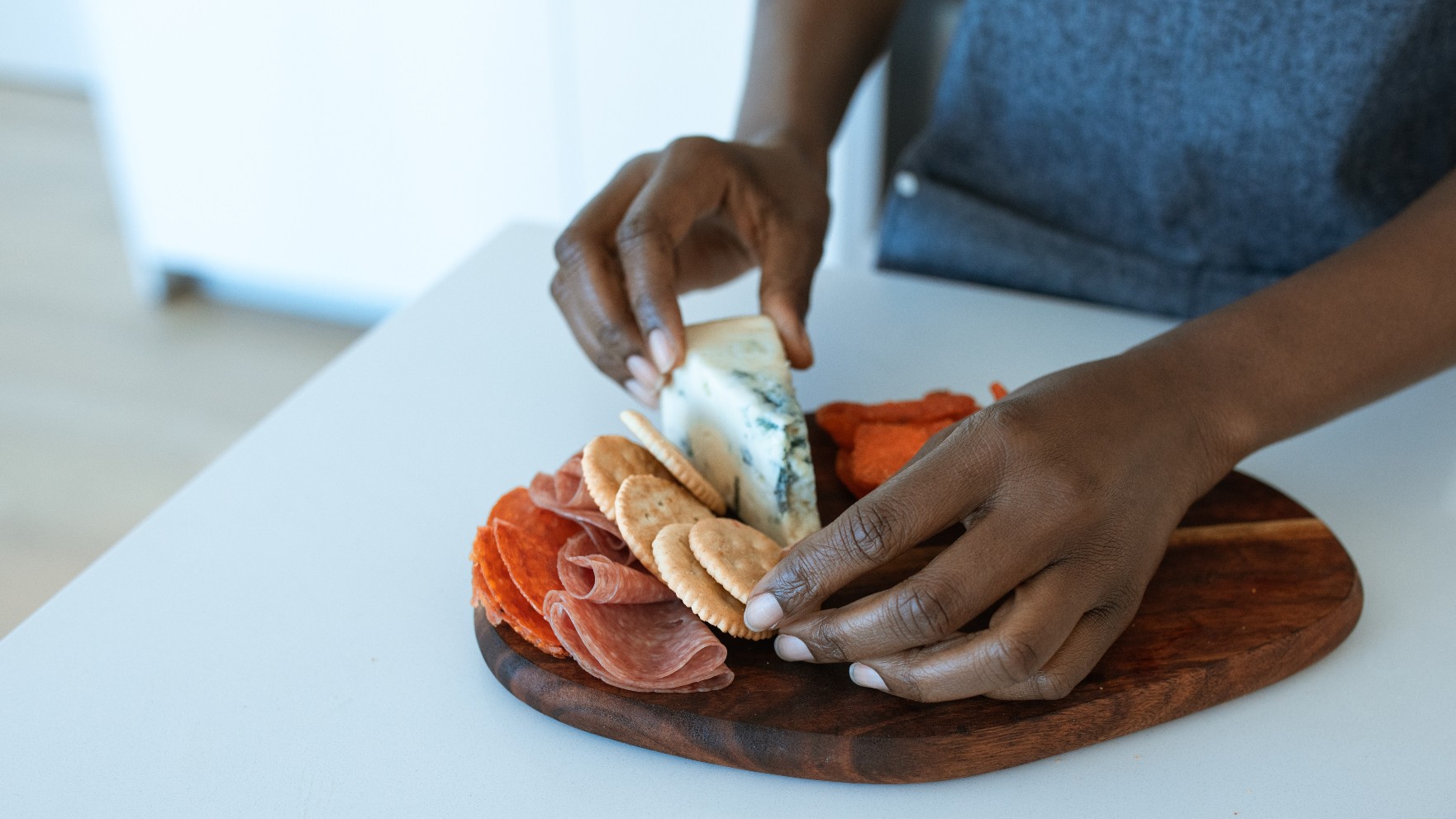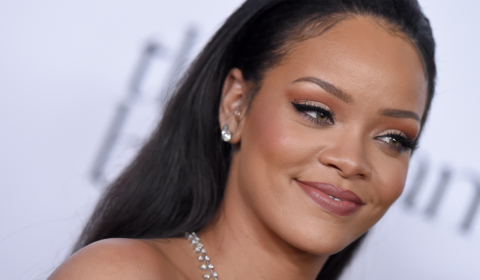The phenomenon is based around celebrating the low-effort meals a woman might cobble together and enjoy alone, but with eating disorder content still rife on TikTok – where the latest food trend has taken off – many have raised concerns over its ties to diet culture.
If you’ve spent any time on TikTok as of late, then you’ll know that new food trends are as commonplace as GRWM’s, the beige flag discourse, and morning routines.
Of the most recent to take the app by storm, Olivia Maher’s ‘girl dinner’ phenomenon is at the forefront.
Since the creator posted her original viral video explaining the meaning behind it – which is, in short, to celebrate the low-effort meals (often comprising a selection of picky bits) a woman might cobble together and enjoy alone – the hashtag has racked up almost 300 million views.
On the back of this exposure, a debate has been sparked surrounding the potentially controversial repercussions of yet another online obsession that subtly endorses diet culture.
‘Girl dinner does not mean under-fed dinner. Girl dinner does not mean disordered eating dinner,’ says user @mei.fae. ‘A bag of popcorn is not dinner. A piece of toast is not dinner. A shot of vodka is certainly not dinner.’
@liviemaher #girldinner #medievaltiktok ♬ original sound – Olivia Maher
Now, although TikTok has gone to great lengths to tackle the issue of eating disorder content on its platform, many claim that it hasn’t done nearly enough to address the less obvious forms of harmful body image promotion that still flood the For You Page.
This is due to our unceasing fascination with what other people consume on a daily basis, which is exemplified best by this particularly popular fad.
Because we can’t seem to satisfy our appetite for counting others’ calories and following along with their weight-loss (or gain) journeys, regardless of whether or not doing so could encourage our own foray into adopting restrictive behaviours, content of this nature will continue to gain traction.
For this reason, critics of the ‘girl dinner’ trend are urging participants to err on the side of caution and ask if the message it’s sending is truly as well-meaning as it appears to be.




















